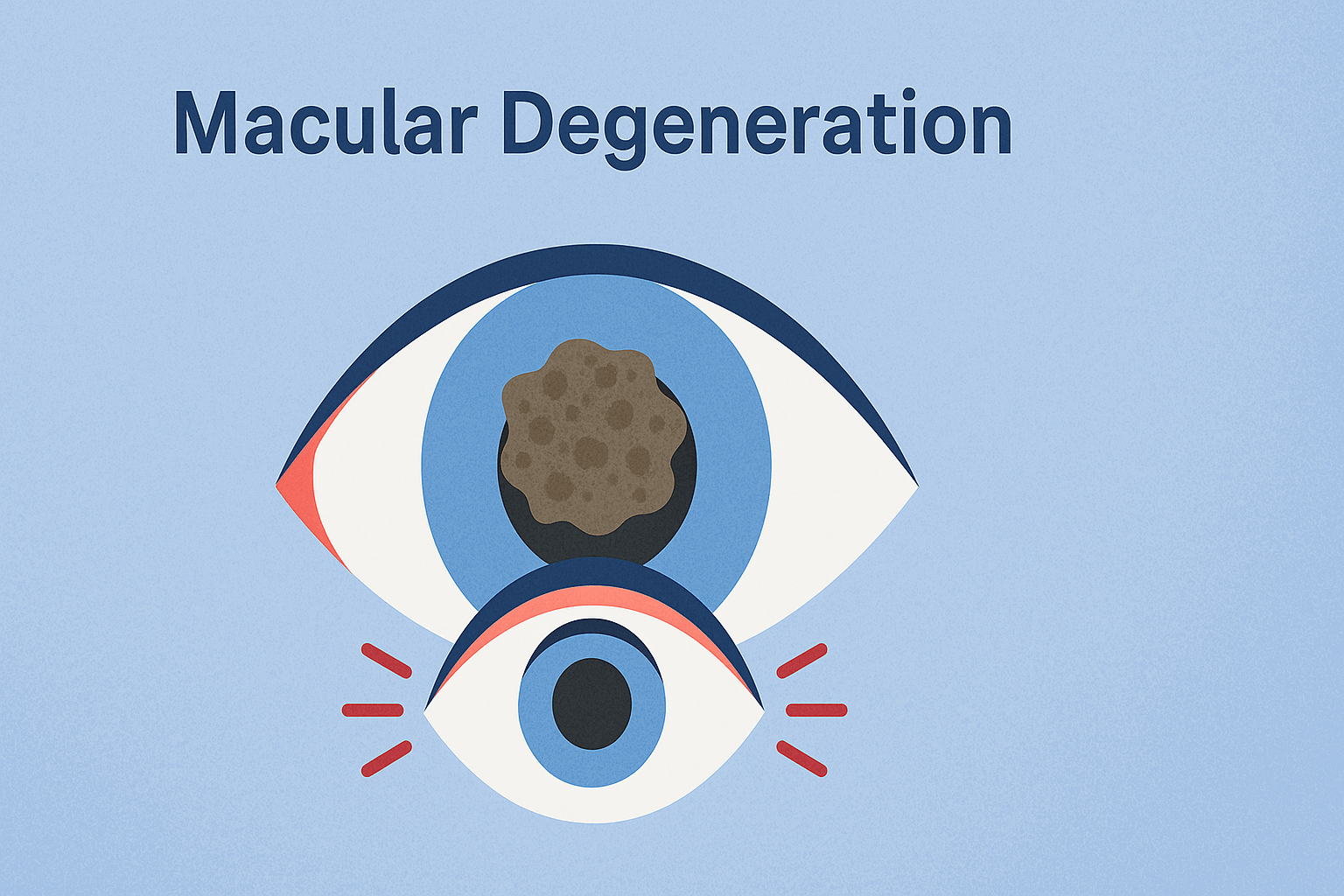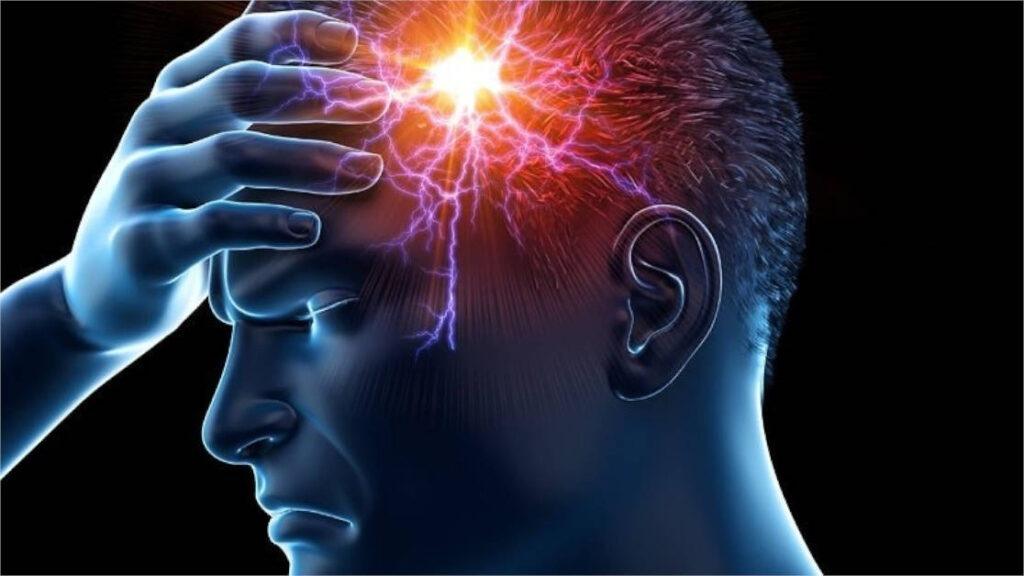Age-related macular degeneration (AMD) accounts for most vision loss in people over fifty. Millions are suffering from this progressive disease without knowing that there are treatment options. Macular degeneration does not make one blind, but severely limits the ability to read, drive, and recognize faces. The good news here: modern medicine has brought clarity back into focus. How can you manage and treat macular degeneration? Read on.
Why is Macular Degeneration Treatment Important?
Vision differs from mere eyesight in seeing everything in perspective. Gazing through the gardens with vision gives way to adulthood progression. Macular degeneration makes this connection less and less lucid. However, early diagnosis and treatment can often slow down progression, significantly improving quality of life for some and creating an opportunity to improve vision in a minority.
There are two types of AMD:
- Dry AMD (more common, slower)
- Wet AMD (less common, but more severe)
That is why you must know your options; they are different for each diagnosis.
Some Major Benefits of Early and Continuous Treatment
Macular degeneration treatment is not merely about saving vision but sometimes about maintaining independence. And so, timely intervention, even as treatment, can offer:
- Progression retarding vision loss.
- Reducing the odds of severe vision impairment.
- Improvement of central vision (perhaps, especially in the case of wet AMD).
- Improves the ability to perform daily living activities.
- Being sure that he now looks after that condition.
How To Treat Macular Degeneration Step-by-Step Guide
1. Have An Accurate DiagnosisConsult an ophthalmologist or retina specialist for a complete eye check-up, including optical coherence tomography (OCT) and fluorescein angiography.
2. Differentiate the Type (Dry vs. Wet)Treatment options differ widely. Wet AMD usually needs immediate medical treatment.
3. Investigate Treatment OptionsFor Dry AMD:
- AREDS2 Supplements: High-dose vitamins and minerals as prescribed by the National Eye Institute.
- Healthy Lifestyle: Focusing on having a rich diet of leafy greens, exercise with no smoking, and.
- Monitoring Devices: Instruments such as the Amsler Grid for tracking the change.
For Wet AMD:
- Anti-VEGF Injections: These are medicines like Lucentis, Eylea, or Avastin, usually injected into the eye to stop abnormal blood vessel development.
- Photodynamic Therapy: Light-activated drug treatment slows blood vessel leakage.
- Laser Therapy: Use the high-energy laser to seal leaking vessels (not used as much nowadays).
AMD makes vision change quite rapidly, thus frequent check-ups are important.
Guinea Pig: Real-Life Example: Life Changed
John, a 67-year-old retired teacher, has wet AMD in one eye. He receives an anti-VEGF injection every month along with some follow-up. His central vision did not just stabilize but also improved slightly. “I’m able to read my newspaper again,” he said. “It’s not perfect, but I hardly feel helpless.” It proved yet again for him what many others found: Early and frequent actions in treatment work.
Actionable Tips and Advice
- Make it a point to visit an eye doctor once every year after you pass the 50-year mark.
- Quitting almost doubles the risk of AMD.
- Foods rich in omega-3 fatty acids, lutein, and zeaxanthin
- Apply blue-light filters to all screens
- Daily visual tracking with an Amsler Grid
- Stay updated: Treatment developments happen quickly.
What’s Not to Do
- Delay the diagnosis: the early signs are subtle; do not postpone.
- Stopping treatment after improvement: AMD is chronic.
- Using unapproved supplements: Stick to AREDS2-formulated brands.
- Eye appointments: monitoring needs to happen.
Complete natural cures: Replace with me, lest it go without someone.
Emerging Trends in AMD Treatment
Discoveries and futuristic initiation:
- Gene Therapy: To slow or perhaps even reverse AMD
- Longer-acting anti-VEGF injections: fewer visits for enduring results
- Retinal Implants: Experimental bionic eye technologies
- Artificial Intelligence: Predictive modeling for personalized treatment plans. The future in AMD care assures well and bright hope and all such.
Conclusion: Do not allow AMD to define how you see.
Macular degeneration is often not curable but can be managed. Today’s treatments are allowing patients to take back their vision and lives. A little action at the moment and keeping tabs will go a long way.
Take care of your eyes. If you are at risk, schedule an eye exam. Consider the options for treatment.
📅 Want more expert tips and updates on vision care? Subscribe to our newsletter today!




